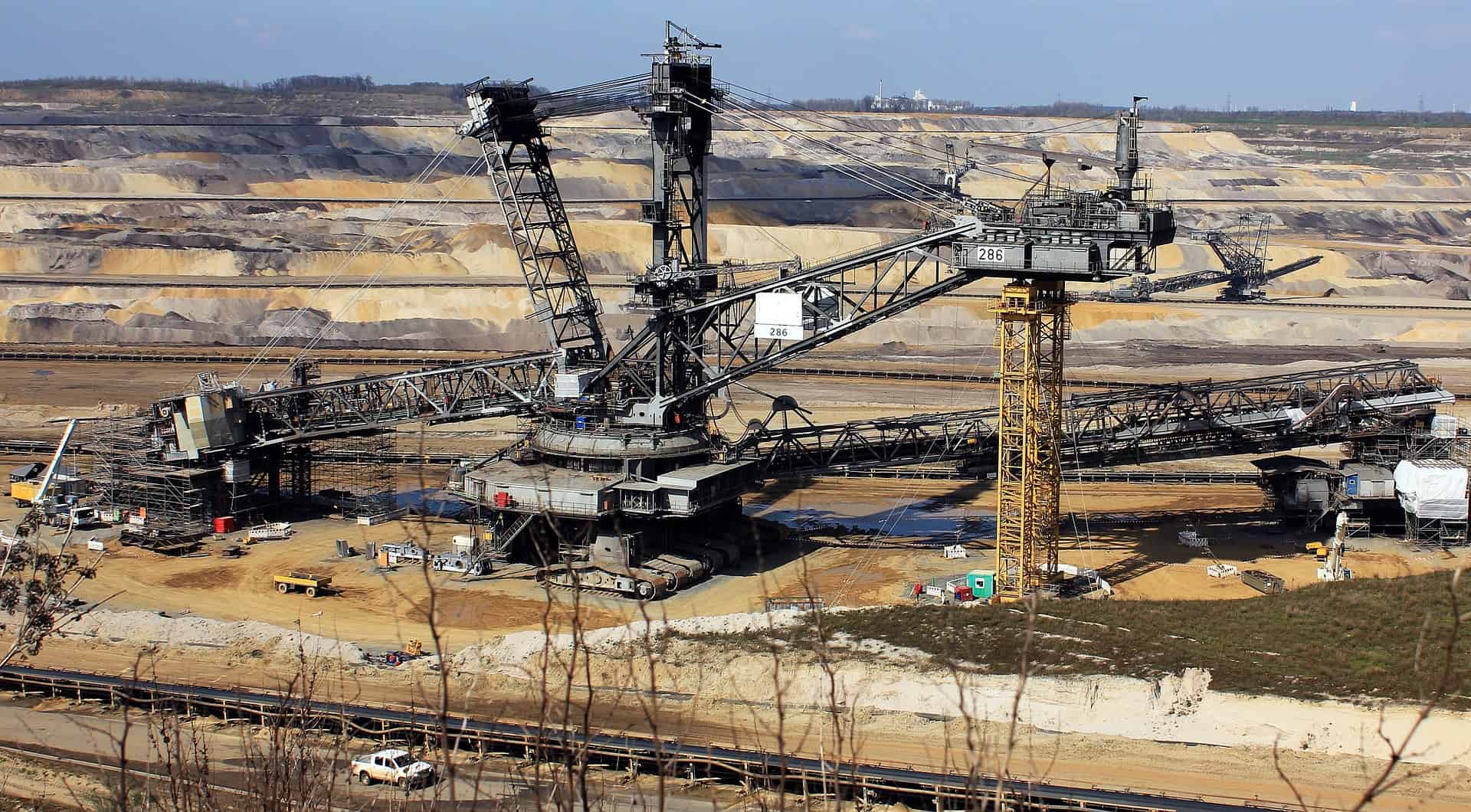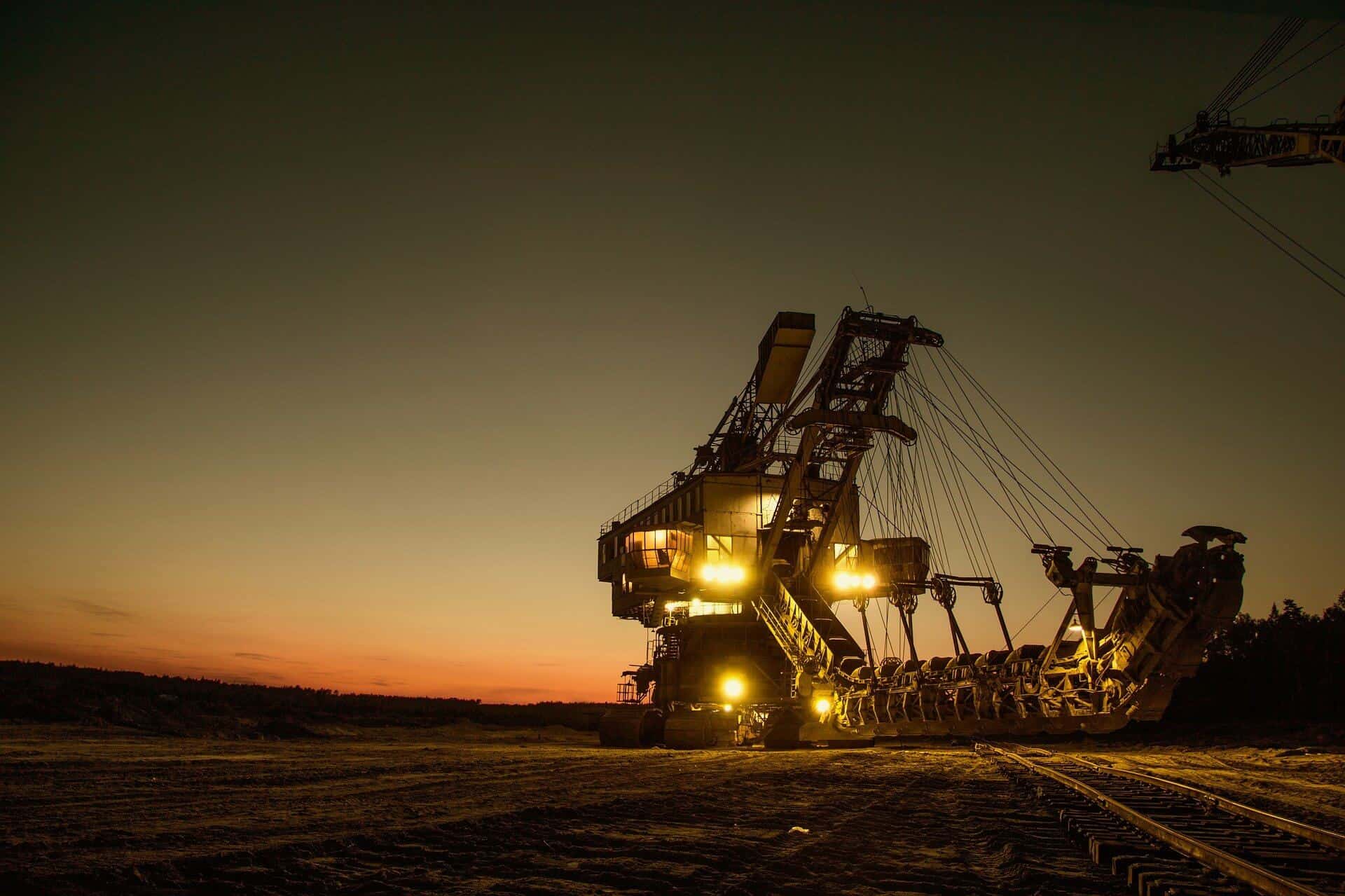
Recently, Sweden discovered the largest amount of rare earth metals ever found in Europe. The elements are important building blocks to enable the green transition in Europe in the long run. “Fantastic news; we have to become independent of China as soon as possible”, says Mike Buxton, Section Head for Resource Engineering at TU Delft.
Without mines, there are no electric vehicles, no wind turbines and no solar panels. To date, there is simply no substitute for the use of them in our key technologies, and the green transition is increasing the demand for rare earths even more. Swedish mining company LKAB now has discovered more than one million tons of rare earths underground, in the Kiruna area in the north. “An impressive discovery, great news in terms of size”, says Buxton.

Heavy elements are key
The professor is especially enthusiastic about the fact that, in addition to a huge amount of light rare earths, heavy elements were discovered as well. This group of metals, the most important are Dysprosium, Yttrium and Terbium, make up 19 percent of the total of one million tons. “Especially those heavy rare earths are critical to enable the global clean energy transition. They have magnetic attributes, critical components in all different kinds of technologies.” Such magnets are needed in, amongst others, electrical vehicles. In EVs, permanent magnets result in increased range autonomy and better use of space. In addition, they result in lower weight as a result of reduced contents like lithium and cobalt.
Independent of China
The fact that the heavy elements were found in own backyard is great news for political reasons as well. For the greatest part, Europe currently depends on the imports of rare earths, with China completely dominating the market. This increases the vulnerability of the European industry. “As both the pandemic and the war in Ukraine have shown us, it’s much better to be self-sufficient when it comes to things we need in our daily lives or when it comes to establishing the green transition. Because what happens when supply lines are interrupted or cut off? Or when China decides to raise the prices of rare earths?”
What’s more: rare earths need to be purified. A process that is dominated by China as well. But there seems to be a slight positive change. Buxton: “In Sweden LKAB is developing methods for processing the rare earths themselves. And in the United States, Joe Biden is also encouraging the development of rare earths processing in the USAl. So that’s promising.”
Permits and exploration
Still, it will take quite some time before the resources are actually being extracted. That’s partly because at present, LKAB only has access to a so-called inferred resource, based on 63 boreholes. “Inferred here means that there is insufficient confidence to really design a mine plan. More exploration is needed. This will be done by an underground horizontal tunnel, 700 meters deep, from an existing Kiruna iron ore mine. This tunnel is not complete yet.” Furthermore, LKAB does not yet have a mining permit. They are applying for this in 2023. If the mining permit is approved then exploration and development of the mine can really begin. “In total, the whole process takes 10 to 15 years”, Buxton believes.
A process that unfortunately can’t be hurried. “When you open a mine you have to consider all different kinds of aspects very carefully. Environmental specialists, community specialists and other parties all have to draw their conclusion before the mining can start. On the positive side, though, we are talking about a source that’s underground, in an already existing mining area. So the impact on the surface, on the community, should be fairly low. I hope this will speed up the process at least to some extent.”
In the meantime
So no quick win. Still, there are possibilities to rely less heavily on China in the short run. “For example, I think it would be good to try and diversify the source of supply for upcoming years”, Buxton points out. The European Union (EU) has already declared its interest in Australian critical minerals. And lastly, alternative, ‘unconventional’ sources should be explored more, the professor concludes. “The recovery of rare earths from waste could be an interesting alternative.”


